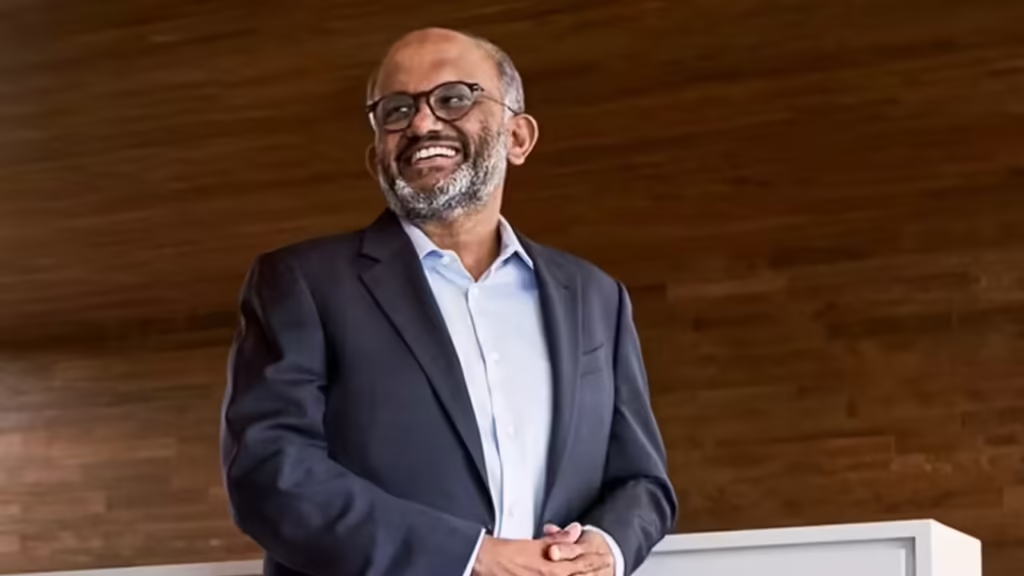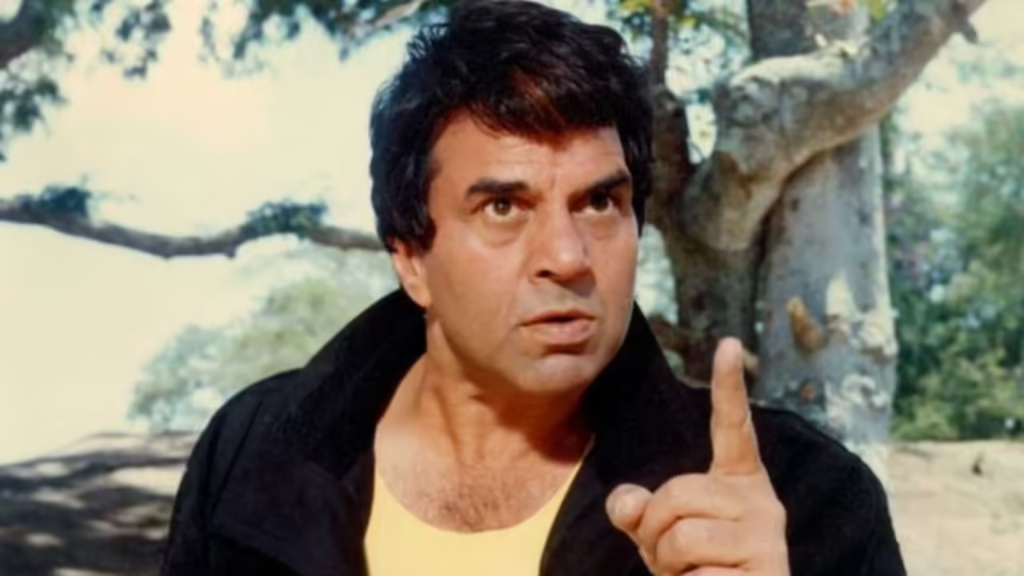Now Reading: Why Gen Z Can’t Get Enough of ‘Saiyaara’: Aamir Khan Breaks Down the Craze Behind the Rs 400-Crore Hit
-
01
Why Gen Z Can’t Get Enough of ‘Saiyaara’: Aamir Khan Breaks Down the Craze Behind the Rs 400-Crore Hit
Why Gen Z Can’t Get Enough of ‘Saiyaara’: Aamir Khan Breaks Down the Craze Behind the Rs 400-Crore Hit

Aamir Khan’s latest release Saiyaara has taken the box office by storm, crossing the ₹400 crore mark and grabbing massive attention from Gen Z audiences. While many wondered what exactly clicked with the younger crowd, Khan himself has offered a candid explanation—one that sheds light on how storytelling, not just star power, is driving this cultural moment.
According to Aamir, the success of Saiyaara lies in its emotional honesty and relatable characters. He explained that today’s younger viewers crave stories that feel real—not larger-than-life fantasies. The film’s focus on vulnerability, mental health, and imperfect relationships seems to have struck a deep chord, especially among college students and first-jobbers navigating their own life uncertainties.
The storytelling avoids melodrama and instead presents characters who are flawed, confused, and still figuring things out. That makes it easier for Gen Z to see themselves in the film—unlike earlier generations who grew up on more formulaic cinema. Even the soundtrack, minimal but powerful, has found its way into Instagram reels and late-night playlists across Tier 2 cities like Bhopal, Surat, and Nagpur.
The digital influence here is real. Word-of-mouth around Saiyaara didn’t spread through TV ads or newspaper reviews. It blew up on social media platforms, with viewers turning emotional scenes into trending clips and fan edits. The film’s dialogue—especially the ones dealing with loneliness, love, and self-doubt—has been quoted and memed endlessly, proving how deeply the film has resonated.
At a time when big-budget action films dominate the screen, Saiyaara proves there’s still space—and demand—for quiet, thoughtful cinema. For many young Indians, it’s not just a movie; it feels like someone finally put their inner world on screen.
In a media landscape flooded with noise, Saiyaara stands out simply by being real. And that might be why it’s not just a hit—it’s a mirror.

























